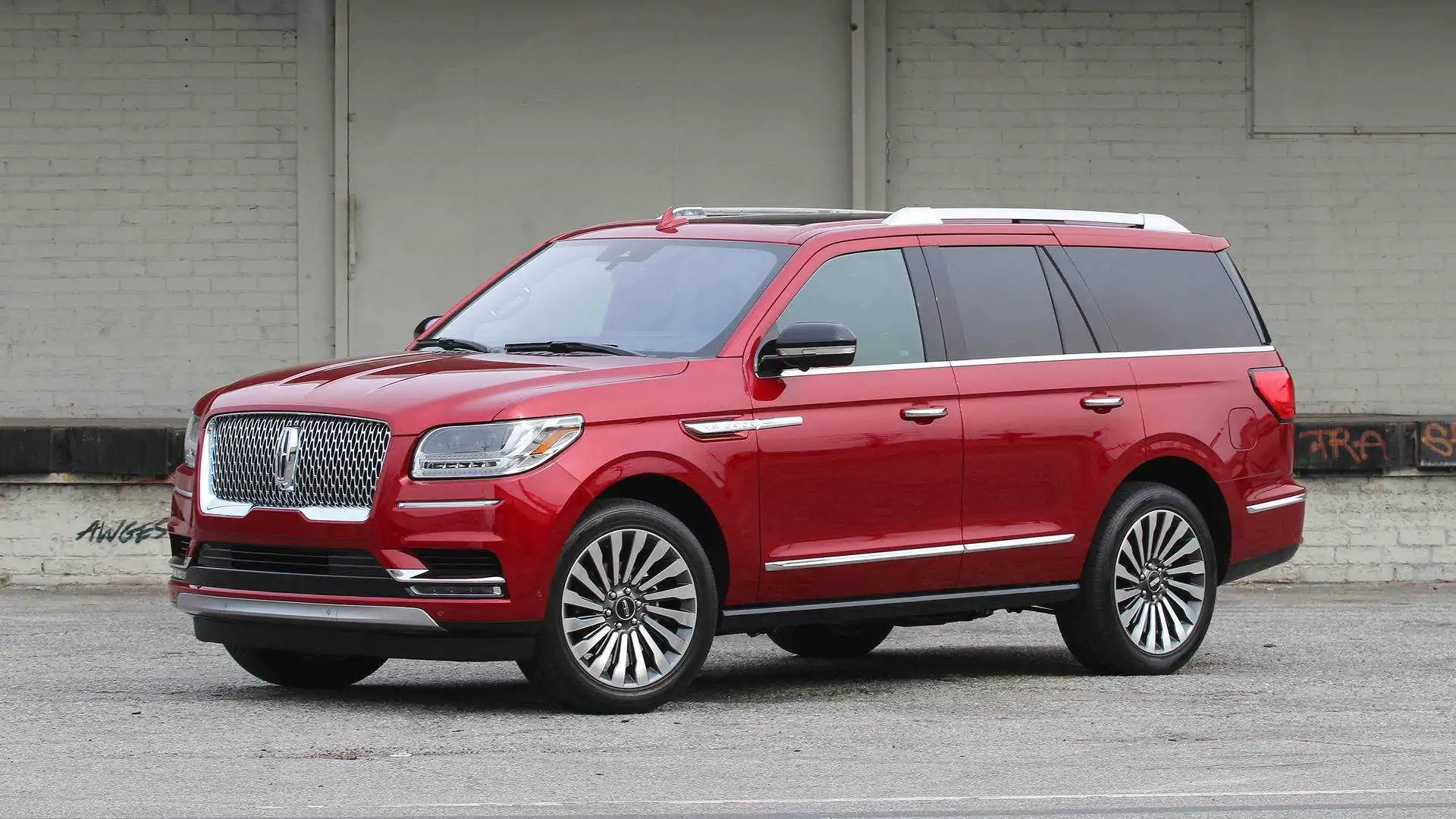When it comes to engine configurations, the eternal debate between V6 and V8 powerplants continues to stir opinions among automotive enthusiasts, engineers, and everyday drivers alike. For decades, V8 engines have symbolized power, performance, and durability, often regarded as the “gold standard” for muscle cars, trucks, and luxury vehicles.
Their larger displacement, robust construction, and typically simpler valvetrain designs have earned them a reputation for longevity and the ability to handle high horsepower and torque outputs over long lifespans.
However, the automotive landscape has evolved considerably over the past few decades, with technological advancements challenging the once unshakable dominance of the V8.
This evolution brings us to a critical examination of V6 engines, many of which now rival or even surpass V8s in certain key aspects, especially longevity.
The V6 engine, traditionally seen as a compromise between power and efficiency, has matured into a complex, refined powerplant capable of impressive output and efficiency. Advances such as variable valve timing, direct injection, turbocharging, and sophisticated engine management systems have enabled modern V6s to punch well above their weight class.
Yet, longevity remains a crucial yardstick. It’s one thing for an engine to produce strong performance numbers on the dyno; it’s another for it to consistently deliver reliability and durability over hundreds of thousands of miles.
After all, an engine’s true merit lies not only in its peak performance but in how long it can maintain that performance under real-world driving conditions with minimal repairs and maintenance.
Interestingly, a closer inspection reveals that not all V6 engines are created equal — some exemplify exceptional durability and surpass the reliability benchmarks set by many V8s, while others struggle to last, plagued by design flaws, material failures, or maintenance sensitivity.
This disparity highlights the importance of engineering precision, materials science, and practical design philosophy, rather than sheer cylinder count or displacement alone.
In this article, we explore two contrasting groups of V6 engines: five standout V6 powerplants that consistently outperform their V8 counterparts in terms of longevity, and five V6s that, despite their initial promise, often succumb prematurely due to inherent mechanical or thermal weaknesses.
These engines serve as case studies illustrating how advancements in technology can either elevate a V6 to new heights or reveal the challenges manufacturers face in balancing complexity, cost, and durability.
The first group highlights V6 engines such as Toyota’s legendary 2GR-FE and Nissan’s VQ35HR, which have earned acclaim not just for their performance but for their ability to endure high mileage with relatively few problems.
Their success lies in thoughtful design choices, robust materials, and proven engineering principles, which have translated into thousands of happy owners experiencing reliable performance well beyond the 200,000-mile mark.
On the flip side, the second group shines a light on early versions of engines like the Chrysler Pentastar and Ford’s EcoBoost V6, which grappled with issues such as timing chain failures, overheating, and oil consumption.
These problems, often rooted in design trade-offs or rushed development, demonstrate how even a promising engine architecture can falter without meticulous attention to durability and real-world use cases.
By analyzing these engines side-by-side, this article aims to provide a balanced understanding of what makes a V6 engine stand the test of time and what pitfalls can lead it to “die trying.” Whether you’re a car buyer seeking a reliable daily driver, a mechanic interested in the technical nuances, or a gearhead passionate about engine performance, this exploration offers valuable insights into the evolving legacy of V6 engines in the automotive world.
Also Read: 5 Cars That Don’t Need Repairs and 5 That Live at the Mechanic
5 V6 Engines That Outperform V8s in Longevity
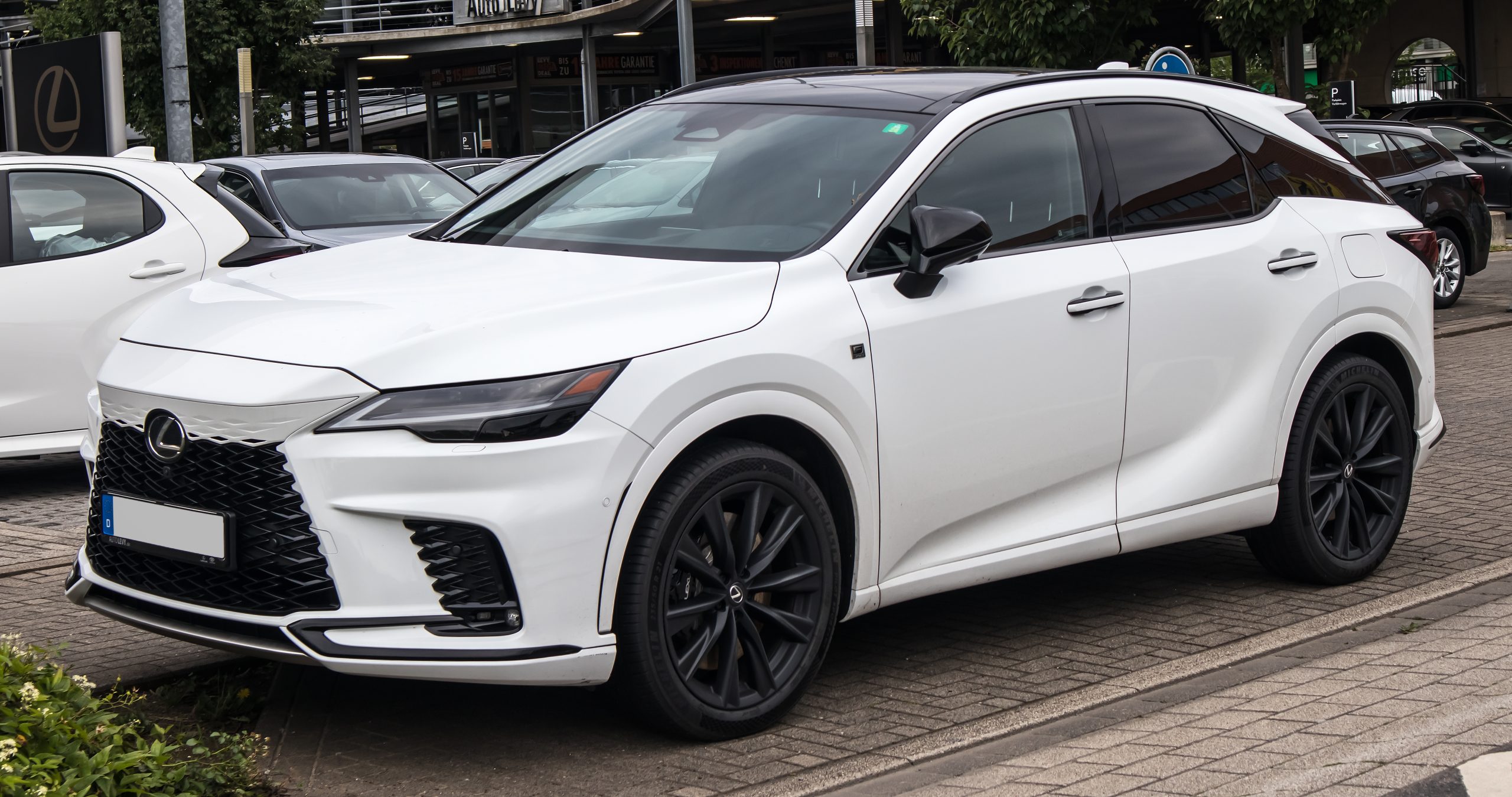
1. Toyota 3.5L V6 (2GR-FE)
The Toyota 2GR-FE 3.5L V6 engine stands out as a true testament to Toyota’s unwavering commitment to reliability, durability, and precision engineering. Debuting in the mid-2000s, this engine found its way into a diverse range of vehicles, including the popular Toyota Camry, Highlander, Avalon, and Lexus RX series.
Its widespread use across such a broad lineup is no accident; the 2GR-FE was engineered with longevity in mind, blending robust mechanical design with cutting-edge technologies that ensure it remains a workhorse even under demanding driving conditions.
The engine’s aluminum block and heads reduce weight without sacrificing strength, while forged steel components such as the crankshaft and connecting rods are designed to withstand high stress and long-term use.
Toyota also incorporated an advanced dual VVT-i (Variable Valve Timing with intelligence) system that adjusts valve timing on both intake and exhaust cams, optimizing efficiency and reducing internal friction—two key contributors to engine wear.
What truly sets the 2GR-FE apart from many V8 engines, especially those of similar vintage, is its refined balance between power output and mechanical simplicity. While many V8s rely on larger displacement and brute force, the 2GR-FE uses precise engineering to extract maximum efficiency from its size.
The engine’s robust cooling system and effective oil circulation play pivotal roles in maintaining optimal operating temperatures and lubrication, minimizing the thermal and mechanical stresses that can degrade engine components prematurely.
Furthermore, the 2GR-FE’s timing chain, unlike many V8s that use timing belts, is designed for longevity and typically requires little to no maintenance for over 150,000 miles, eliminating a common failure point that shortens engine life. This reliable chain-driven cam timing system is less prone to catastrophic failure, which can occur suddenly with timing belt breaks, adding to the engine’s durable reputation.
From a user experience standpoint, owners consistently report that the 2GR-FE runs smoothly and quietly, with minimal oil consumption or leaks, even after crossing the 200,000-mile threshold. This reliability extends to hybrid applications as well, where the engine is paired with electric motors in models like the Lexus RX 450h, demonstrating its versatile durability under varying operating conditions.
The ease of maintenance and the abundant availability of replacement parts contribute further to its longevity, keeping ownership costs manageable compared to many high-displacement V8 engines that require more specialized servicing.
When comparing the 2GR-FE to many older, pushrod-style V8 engines, which often suffer from heat-related gasket failures or oil leaks due to outdated designs, the 2GR-FE’s modern construction and materials give it a clear edge in sustaining long-term performance.
In essence, the Toyota 3.5L V6 2GR-FE engine exemplifies how innovation, quality control, and thoughtful engineering can produce an engine that not only matches but often surpasses the longevity and reliability benchmarks set by traditional V8 powerplants.
It proves that with the right balance of design philosophy and material science, a V6 can deliver power, efficiency, and lifespan that defy expectations, making it a preferred choice for many consumers and automotive experts alike.
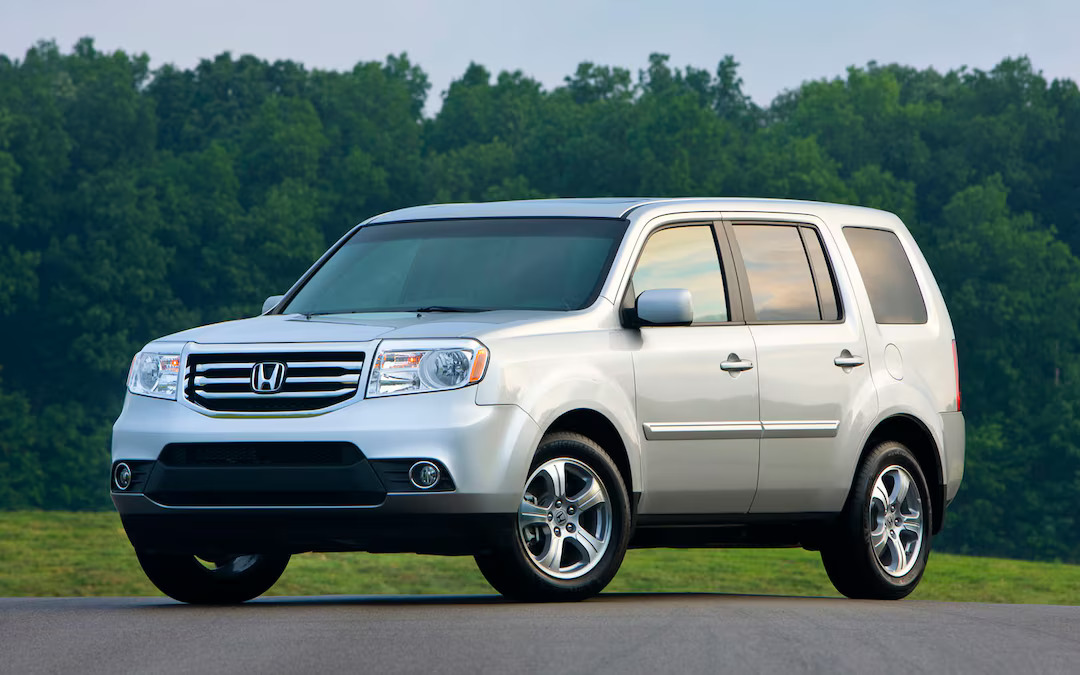
2. Honda J-Series V6 (3.0L/3.5L)
Honda’s J-series V6 engines, particularly the 3.0L J30 and 3.5L J35 variants, have earned a well-deserved reputation as among the most reliable and long-lasting V6 powerplants ever produced. Introduced in the late 1990s and carried forward with continuous improvements, these engines powered many of Honda’s flagship vehicles, including the Accord, Pilot, Odyssey, and Ridgeline.
The success of the J-series is rooted in Honda’s relentless pursuit of engineering excellence, with a laser focus on precision manufacturing, material durability, and efficient combustion technology.
Unlike many V8s that rely on sheer size and brute force to generate power, the J-series engines emphasize smoothness and balance, featuring an aluminum block and head that reduce weight and help with heat dissipation, improving both fuel efficiency and engine longevity.
One of the key strengths of the J-series engines lies in their valvetrain design. Honda’s use of VTEC (Variable Valve Timing and Lift Electronic Control) technology optimizes valve operation at different engine speeds, which enhances combustion efficiency and reduces stress on components by tailoring engine breathing precisely to driving demands.
This adaptability reduces the likelihood of premature wear, especially in the camshafts, lifters, and valves—areas where many V8s historically struggle, particularly in earlier pushrod or cam-in-block designs. The J-series engines also feature timing chains rather than belts, a major advantage in terms of maintenance and reliability.
Timing chains tend to last longer and are less prone to sudden failure, which can be devastating for engine internals. Honda’s engineering ensures that the chain tensioners and guides are robust and reliable, contributing to the engine’s ability to exceed 250,000 miles with routine maintenance.
Owners of vehicles equipped with the J-series V6 engines often praise their smooth power delivery and consistent performance over long periods, noting very few occurrences of oil leaks, head gasket issues, or piston ring failures.
Compared to many V8 engines that might consume more oil or suffer from gasket failures due to thermal cycling and older sealing materials, the J-series engines remain tight and efficient well into high mileage territory. The engine’s design facilitates easy maintenance access, enabling mechanics to perform routine inspections and repairs without extensive disassembly—a factor that often extends engine life by ensuring timely service.
Furthermore, Honda’s excellent build quality and quality control during manufacturing mean that fewer engines leave the factory with defects, contributing to an impressive real-world reliability record.
The versatility of the J-series V6 is another testament to its engineering brilliance. It has been adapted for use in SUVs, sedans, and even minivans, showcasing an engine capable of enduring varying levels of load and driving conditions without compromising its reliability.
Unlike some V8 engines that are optimized primarily for high-performance or heavy-duty tasks and may suffer under lighter, varied use, the J-series maintains consistent durability across a broad spectrum of applications.
This balance of power, efficiency, and exceptional longevity makes the Honda J-series V6 a standout in the world of engines and a clear example of how smaller displacement engines can outperform many larger V8s in real-world longevity.
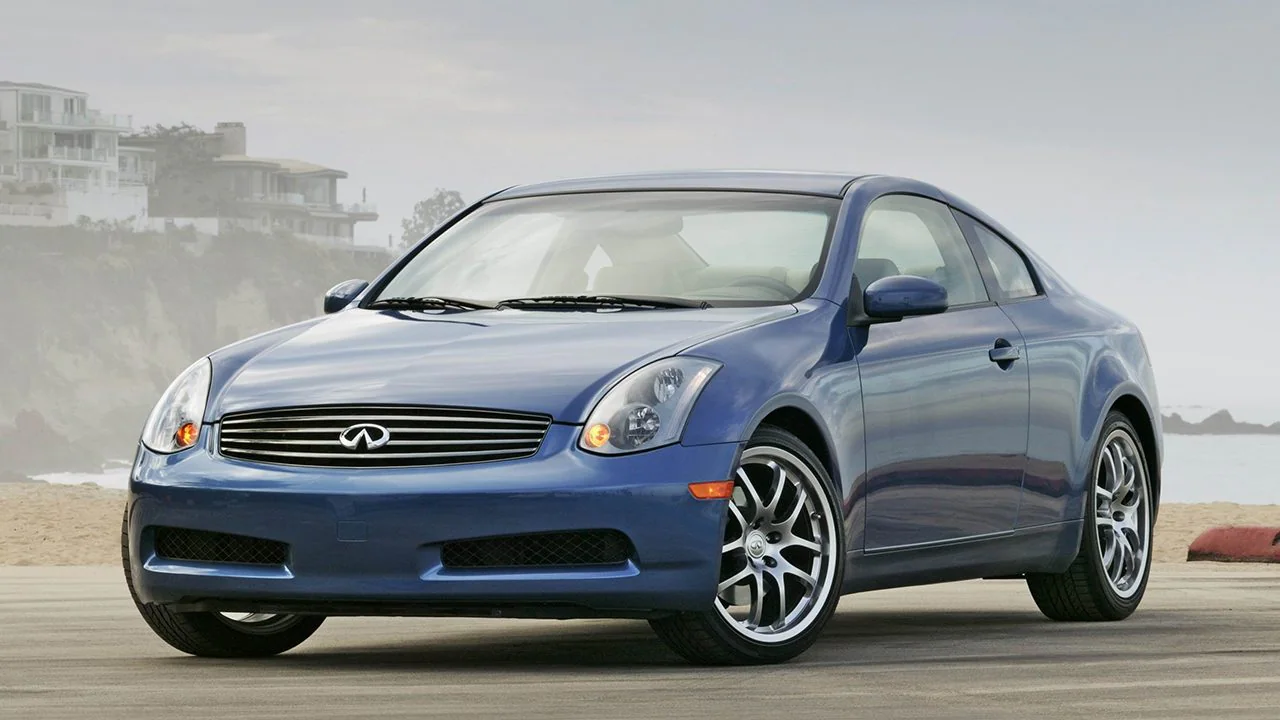
3. Nissan VQ-Series V6
Nissan’s VQ-series V6 engine family is often regarded as one of the most successful and durable V6 designs in automotive history, frequently outlasting many V8 counterparts in both performance vehicles and everyday passenger cars.
Introduced in the early 1990s, the VQ series has been continuously refined and remains in production in some form today, powering vehicles like the Nissan Maxima, Altima, Pathfinder, and Infiniti G35 and G37.
The engine’s longevity is largely attributed to its advanced engineering features combined with rugged internal components that are built to endure high mileage and diverse operating conditions.
The VQ series features an aluminum block and cylinder heads, which help reduce overall weight while improving heat dissipation, critical for maintaining operating temperatures within optimal ranges and reducing thermal stress.
One of the standout aspects of the VQ engine is its smoothness and balanced power delivery, which minimizes vibrations and mechanical shocks that can accelerate wear. This smooth operation is achieved through precise crankshaft balancing, well-designed engine mounts, and a meticulously engineered firing order.
Moreover, Nissan incorporated variable valve timing on the intake camshaft (later models included dual VVT) and multi-port fuel injection systems that optimize combustion efficiency, which not only enhances power output but also reduces fuel consumption and emissions. These improvements help prevent carbon buildup and reduce internal contamination, factors that significantly affect engine longevity and performance.
Compared to many V8 engines of similar age, the VQ series also benefits from a durable timing chain system, which tends to outperform timing belts commonly found on older V8s. The chain tensioners and guides in the VQ series are well-engineered, contributing to long-lasting cam timing accuracy that avoids valve timing-related failures.
This reliability is further enhanced by the engine’s robust oiling system, which ensures critical components receive adequate lubrication under various load conditions, preventing premature wear on bearings, pistons, and camshafts.
Enthusiasts and everyday drivers alike report that with proper maintenance, VQ engines can exceed 250,000 miles and often continue to deliver solid performance beyond that mark.
The VQ series also shines in its adaptability. It has been successfully paired with naturally aspirated and turbocharged setups, demonstrating versatility in power and torque delivery without sacrificing reliability.
Many performance models utilizing the VQ, such as the Infiniti G35, have earned praise for not only their spirited performance but also their surprising durability compared to some larger V8 engines, which often require more frequent overhauls or repairs under similar conditions.
This balance between performance and longevity firmly establishes the Nissan VQ-series V6 as a benchmark for durable, high-performing six-cylinder engines capable of outperforming many V8s in real-world applications.
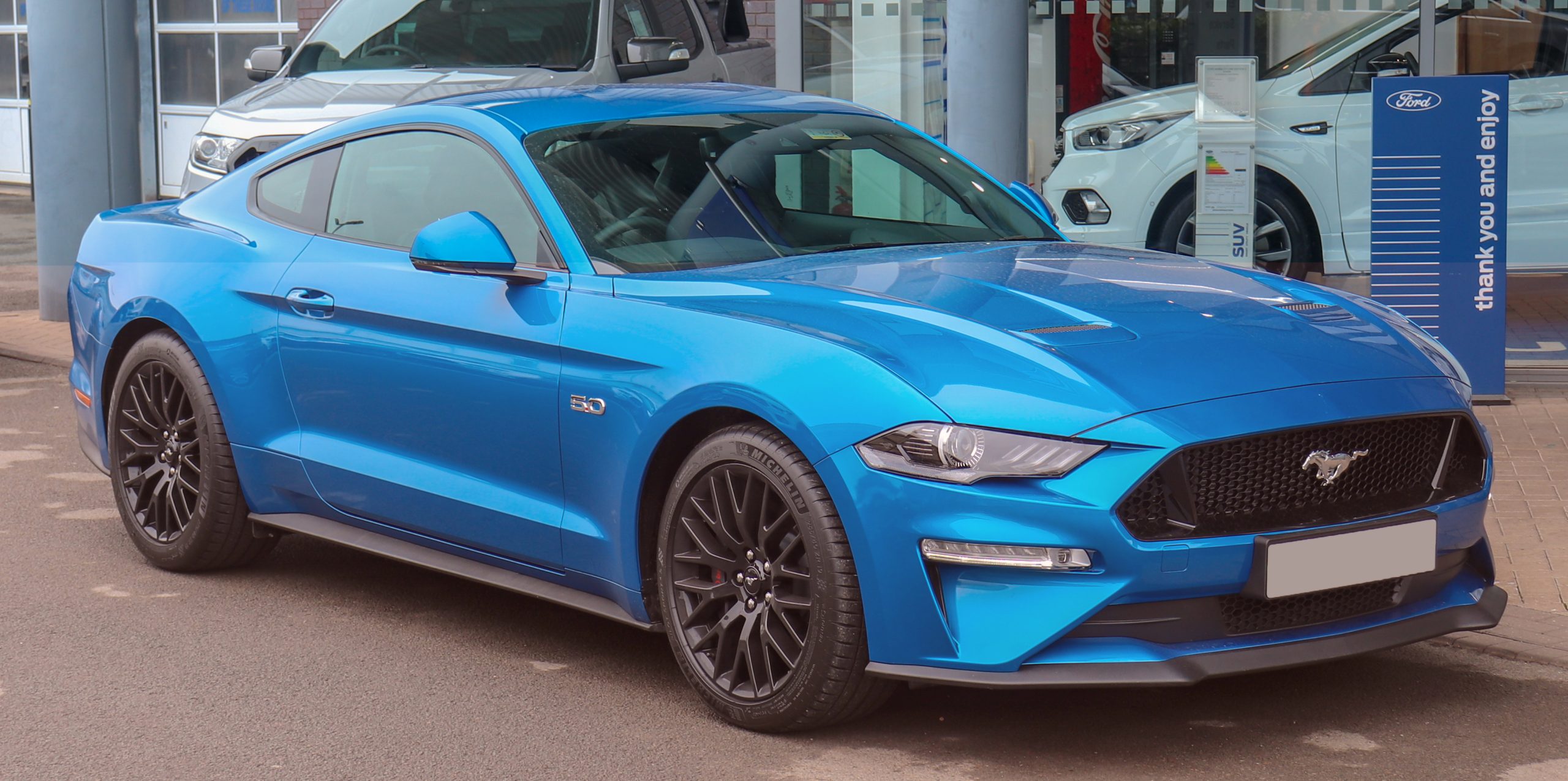
4. Ford Cyclone 3.7L V6
Ford’s 3.7L Cyclone V6, part of the Duratec family of engines, represents a significant leap forward in V6 engineering, blending modern technology with durable construction to deliver an engine that often outlasts V8s in comparable vehicles. First introduced in the late 2000s, the Cyclone 3.7L powered a variety of models ranging from the Ford Mustang to F-150 pickups and SUVs such as the Explorer and Edge.
Unlike traditional V8s that rely on more cylinders for power, the Cyclone V6 achieves impressive torque and horsepower through an efficient displacement size, dual overhead camshafts (DOHC), and advanced variable valve timing. Its iron block base construction combined with aluminum heads provides a strong foundation to endure the stresses of everyday driving as well as more strenuous demands seen in trucks and performance vehicles.
One of the defining traits that helps the 3.7L Cyclone outperform many V8 engines in terms of longevity is its well-thought-out valvetrain and cooling system design. The engine uses dual overhead cams with continuously variable cam timing, allowing it to optimize valve operation throughout the rpm range, thereby reducing unnecessary stress and heat buildup.
The iron block is particularly effective at absorbing and dissipating heat, preventing warping or cracking, which is a common cause of premature failure in some all-aluminum V8 engines. This robust thermal management ensures the engine can operate efficiently under heavy loads without compromising component lifespan.
From a maintenance perspective, the Cyclone V6 benefits from a timing chain setup instead of a timing belt, which greatly reduces routine maintenance costs and the risk of catastrophic timing failure. Additionally, the engine’s design minimizes common V8 ailments such as excessive oil consumption, valve guide wear, or head gasket leaks.
Owners report the engine consistently surpasses 200,000 miles with routine maintenance, a feat that many comparable displacement V8s struggle to match without expensive rebuilds or replacements. The lighter weight of the V6 also contributes indirectly to longevity by reducing strain on associated components like the transmission, driveshaft, and suspension, which in turn promotes overall vehicle durability.
Moreover, Ford’s continuous improvement philosophy has resulted in refinements to the Cyclone engine over its production run, including enhancements to piston coatings, valve seals, and oil control rings that further extend the engine’s useful life.
The Cyclone’s balance of power, torque, efficiency, and durability has earned it a loyal following among both performance enthusiasts and truck/SUV owners seeking a reliable powerplant that does not compromise longevity for power.
This engine exemplifies how a modern V6 can be engineered to outlast many traditional V8s while delivering comparable or even superior real-world performance.
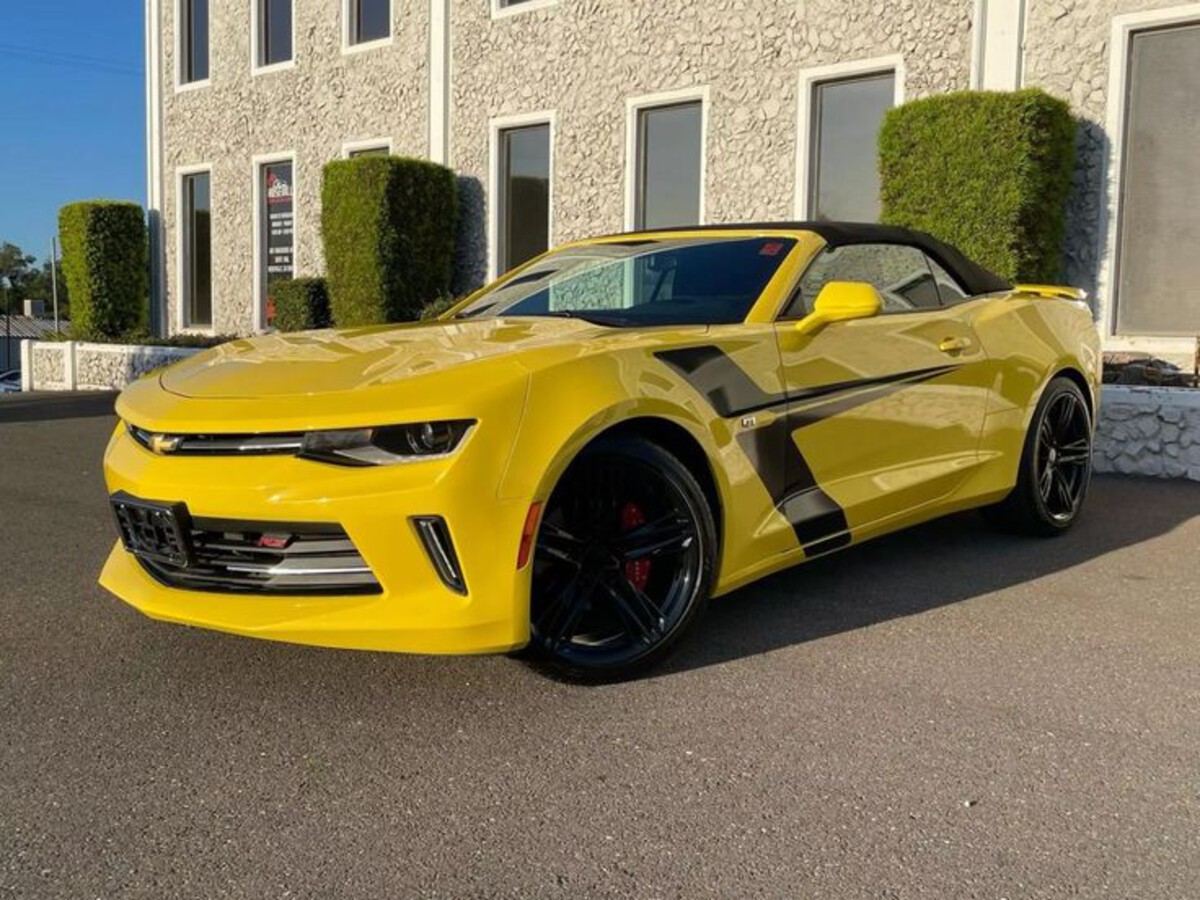
5. GM High Feature V6 (3.6L)
General Motors’ High Feature 3.6L V6 engine family, commonly known by its RPO codes such as LY7 and later variants like LFX, has emerged as a remarkably durable and versatile powerplant across a wide range of vehicles, including Cadillac CTS, Chevrolet Camaro, GMC Acadia, and various Buick and Chevrolet sedans and SUVs.
Introduced in the mid-2000s, the High Feature V6 was designed to replace older V8s and larger V6s with a modern, lightweight engine that could deliver strong performance, improved fuel efficiency, and—importantly—reliable longevity that rivals and sometimes exceeds that of traditional V8 engines.
The engine uses an aluminum block and cylinder heads, which significantly reduces weight and improves heat dissipation, a critical factor in maintaining long-term durability. Forged steel crankshafts and high-strength pistons further contribute to the engine’s resilience under stress.
One of the defining technological features of the High Feature V6 is its use of direct fuel injection (DI) combined with variable valve timing on both intake and exhaust cams. This sophisticated system allows for precise fuel delivery and combustion control, which optimizes power output while reducing carbon deposits, a common cause of engine wear and efficiency loss in many older V8 engines.
By maintaining cleaner combustion chambers and more stable operating temperatures, the engine minimizes the risk of premature wear on valves, piston rings, and cylinder walls, all of which contribute to enhanced longevity. Moreover, the engine employs a timing chain system that is known for its robustness and longevity, mitigating the common risks associated with timing belt failures seen in some competitor engines.
Compared to many V8 engines from GM’s previous small-block family, which are known for their durability but tend to be heavier and less fuel-efficient, the 3.6L High Feature V6 strikes a balance by delivering sufficient power and torque to meet consumer demands while ensuring the internal components are subjected to less mechanical and thermal stress.
This is evident in the high mileage records reported by owners, with many engines surpassing 250,000 miles and still performing reliably. The engine’s serviceability is also a strong point, as routine maintenance such as oil changes, spark plug replacements, and valve adjustments are relatively straightforward, preventing neglect and extending engine life.
Furthermore, the High Feature V6’s ability to adapt to various configurations, including naturally aspirated, turbocharged, and even hybrid systems, speaks volumes about its engineering sophistication and reliability. It has become a mainstay in GM’s lineup because it offers the performance of a V8 in many situations without the weight, complexity, or fuel penalties associated with larger engines.
This combination of durability, versatility, and efficiency firmly establishes the GM High Feature 3.6L V6 as a modern V6 that consistently outperforms many V8s in terms of longevity, making it a practical and dependable choice for consumers and automakers alike.
5 V6 Engines That Die Trying
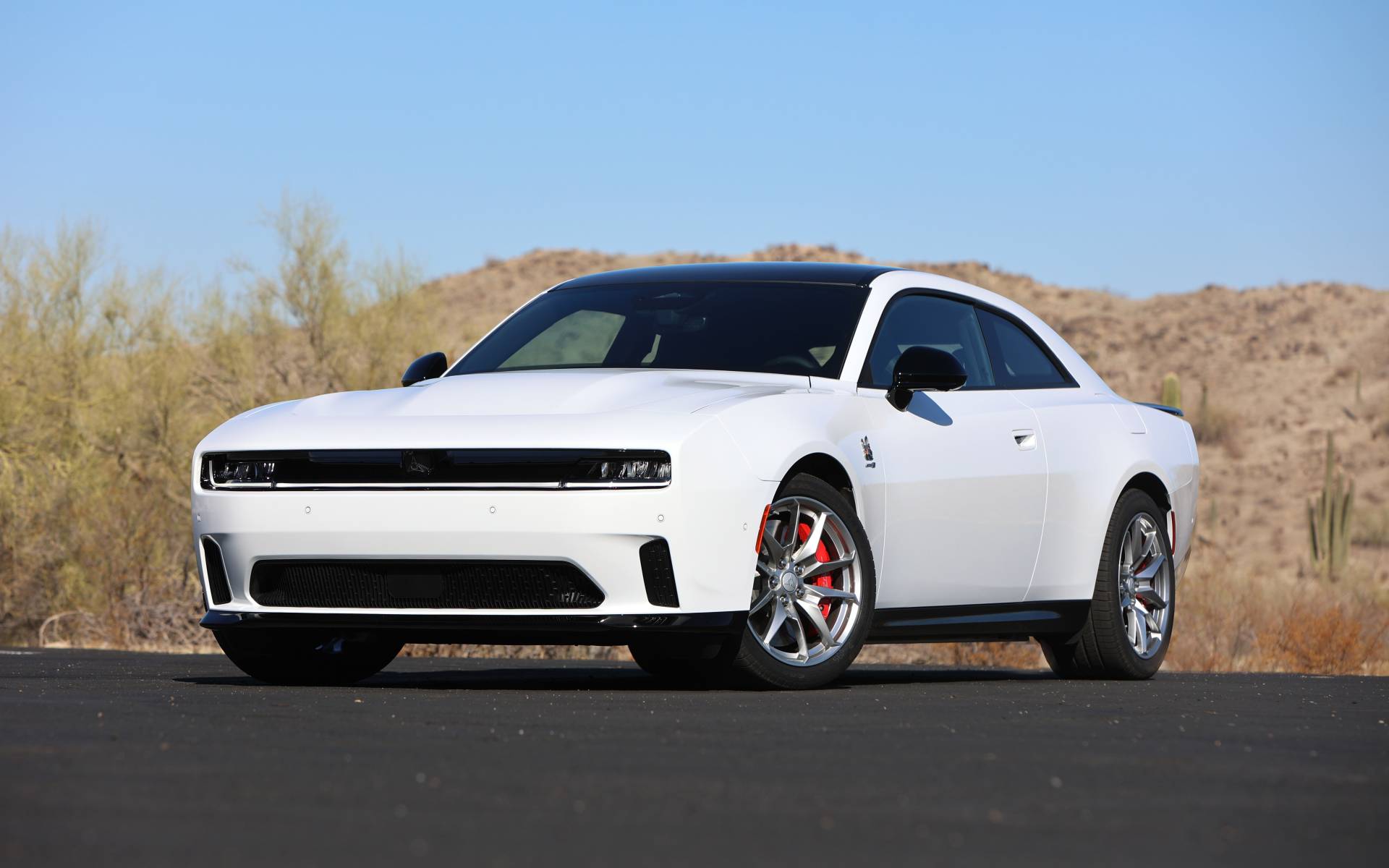
1. Chrysler 3.6L Pentastar V6 (Early Models)
The Chrysler 3.6L Pentastar V6 has been a cornerstone engine in many FCA (Fiat Chrysler Automobiles) vehicles, powering everything from the Dodge Charger and Jeep Grand Cherokee to the Chrysler 300.
While later versions have been refined considerably, the early iterations of this engine suffered from a variety of issues that significantly affected their longevity, causing many owners to experience premature engine failure or costly repairs well before the 150,000-mile mark.
The Pentastar was initially lauded for its smooth power delivery and respectable fuel economy, but under the hood, certain fundamental design and manufacturing flaws undermined its potential for long-term durability.
A major problem stemmed from the early versions of the engine’s valvetrain and timing system. Early Pentastar V6 engines featured a timing chain design that, although theoretically more durable than a belt, was plagued by weak chain guides and tensioners prone to premature wear or failure.
When these components degrade, the timing chain can become loose or skip teeth, causing catastrophic valve timing issues that often lead to bent valves or damaged pistons.
The complexity of the engine’s DOHC (dual overhead cam) setup, combined with variable valve timing (VVT) on both cams, means that timing precision is critical; any failure in the timing components quickly escalates into expensive engine damage.
Moreover, some early Pentastar engines were found to have issues with oil consumption, which exacerbated lubrication problems in the timing chain area, accelerating wear.
Another persistent challenge for the early Pentastar was the cooling system design and the use of certain plastic components that did not age well under thermal cycling. Components such as plastic intake manifolds and coolant crossover tubes tended to crack or warp over time, leading to coolant leaks and overheating incidents.
Overheating in any internal combustion engine is a major threat to longevity, often causing head gasket failures, warped cylinder heads, or cracked engine blocks—failures that require extensive and costly engine repairs or replacements.
This problem was especially concerning given that overheating symptoms could sometimes be subtle or masked, leading owners to unknowingly drive the engine under stress conditions that shortened its life significantly.
Finally, the early Pentastar engines were not immune to issues with carbon buildup and direct injection quirks. While direct injection technology promises improved fuel atomization and combustion efficiency, it also increases the risk of carbon deposits accumulating on intake valves because the fuel does not wash over them as in port injection systems.
In these early Pentastar engines, this carbon buildup caused rough idling, misfires, and reduced fuel economy, which were often precursors to more serious performance degradation and premature engine wear.
The lack of adequate intake valve cleaning strategies in many owners’ maintenance routines compounded these issues, turning what could have been a long-lasting powerplant into one that struggled to survive routine use without major interventions. Taken together, these factors resulted in an engine that, despite its potential, ultimately “died trying” to live up to expectations in its initial form.
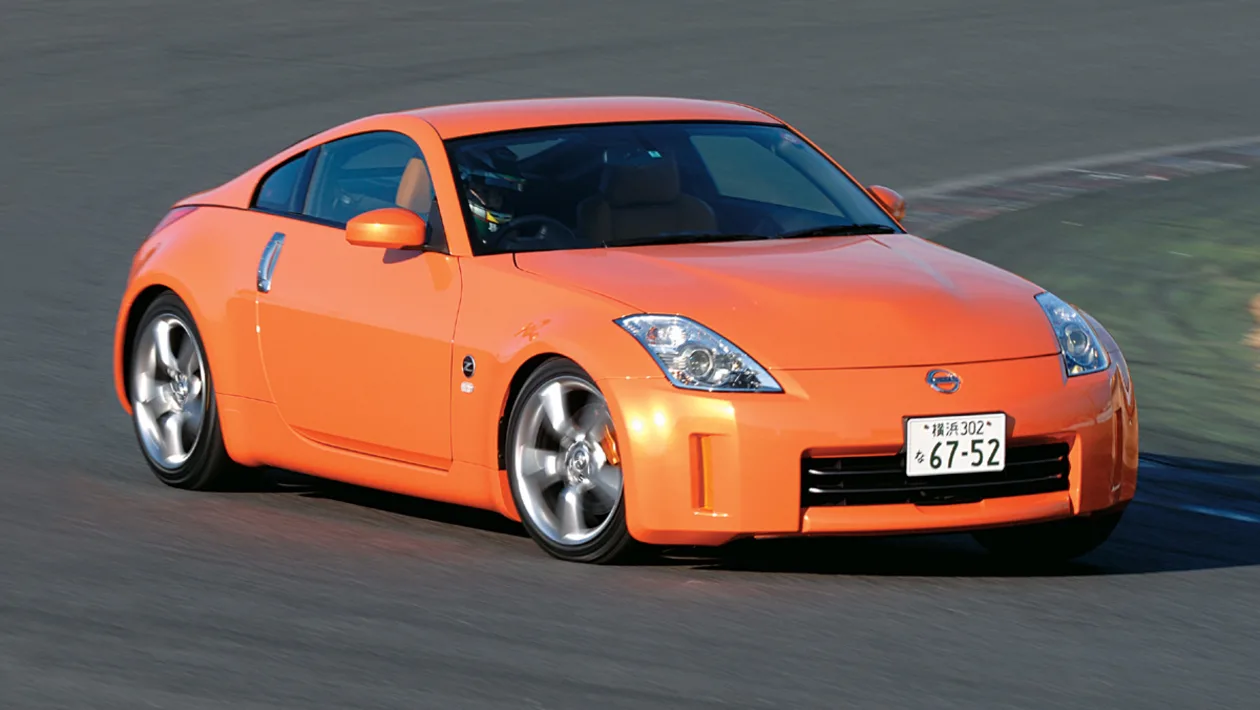
2. Nissan VQ35DE (First Generation)
The Nissan VQ35DE, while part of the otherwise highly respected VQ family, is notorious in its earliest generation for a range of mechanical issues that frequently cut its lifespan short, especially when compared to more robust V8s or even newer VQ variants.
Found in models like the Nissan 350Z, Altima, and Maxima from the early 2000s, the VQ35DE garnered attention for its performance potential, but underneath, it was battling recurring head gasket failures, valve guide wear, and oil consumption problems.
.These issues became a headache for owners, mechanics, and enthusiasts alike, tarnishing the engine’s otherwise promising reputation and demonstrating how even well-designed engines can struggle without proper engineering attention in critical areas.
One of the most commonly reported failures in the first-gen VQ35DE is the premature failure of the cylinder head gasket. These failures often stem from thermal expansion and contraction cycles that the gasket materials and head bolts were not fully optimized to withstand, especially under high-stress conditions such as spirited driving or hot climates.
A failing head gasket can lead to coolant mixing with oil or leakage into combustion chambers, causing overheating, loss of compression, and ultimately engine damage.
Unfortunately, these issues often manifest after relatively low mileage, sometimes as early as 80,000 to 100,000 miles, forcing costly repairs or engine swaps. The repair process is labor-intensive and expensive, often deterring owners from opting for proper fixes and instead leading to engine abandonment or replacement.
Another critical area of concern in the early VQ35DE engines was excessive oil consumption linked to worn piston rings and valve seals. This wear was exacerbated by the engine’s higher operating temperatures and the increased stresses of variable valve timing systems, which sometimes led to accelerated valve guide and seal wear.
Owners frequently reported needing to top off engine oil between regular service intervals, which, if neglected, could lead to oil starvation and eventual bearing damage—a death sentence for any engine.
Compared to many V8 engines designed with more conservative valve timing and lower thermal stresses, the early VQ35DE’s aggressive tuning sometimes worked against its longevity, highlighting a trade-off between performance and durability.
Moreover, the engine’s timing chain system, while superior to a timing belt, was not immune to tensioner failures. A failing timing chain tensioner can cause the chain to slap against the chain guides, producing rattling noises and ultimately risking chain skip or breakage. Timing chain failures in this engine almost always lead to catastrophic internal damage, requiring either a full rebuild or replacement.
Unfortunately, the timing chain components in the first-generation VQ35DE were not as durable as those in later VQ series engines, making this a weak point that shortened the engine’s useful life.
When combined with the other issues—head gasket failures and oil consumption—it paints a picture of an engine that often struggled to survive beyond 150,000 miles without major interventions.
In summary, while the VQ35DE had the potential to perform well and offer a sporty driving experience, its early generations were hampered by fundamental durability issues.
These weaknesses caused many of these engines to “die trying,” struggling under the weight of internal mechanical failures that diminished their longevity and reliability compared to more stout V8 engines of the same era.
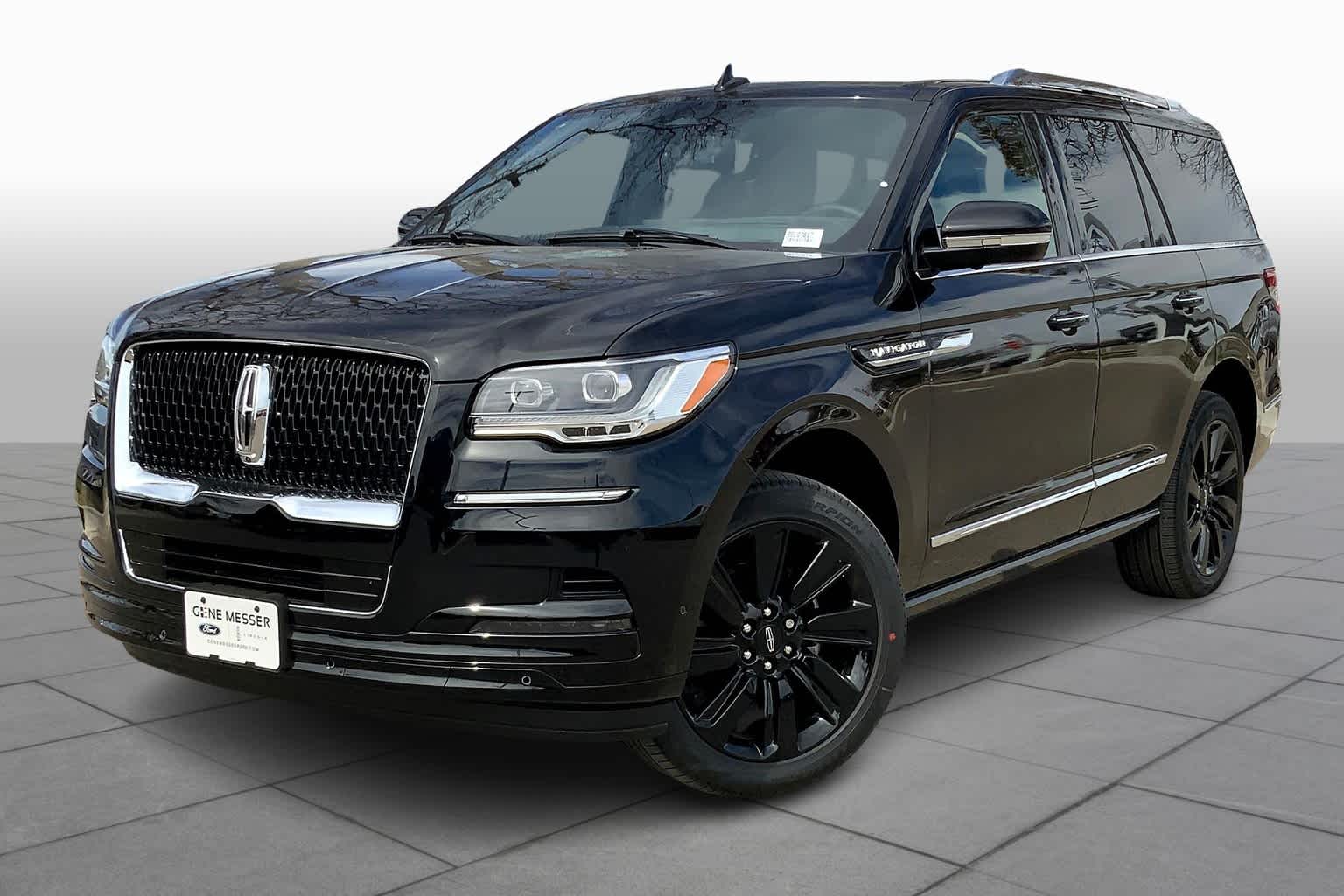
3. Ford 3.5L EcoBoost V6 (Early Versions)
Ford’s 3.5L EcoBoost V6 was initially celebrated for combining turbocharged power with decent fuel efficiency, promising a modern replacement for some of the traditional V8 engines in trucks and SUVs. However, the early versions of this engine were notorious for their teething problems that significantly impacted their lifespan and reliability.
While the EcoBoost V6 remains a popular powerplant today after many improvements, the early years of this engine were marked by issues that led many units to fail prematurely or require extensive repairs far sooner than expected, making it one of the more problematic V6s that struggled to live up to expectations.
A principal source of concern was the engine’s tendency to develop coolant leaks from various components, including the water pump and the cylinder heads.
These leaks, if left unaddressed, would often result in engine overheating—one of the most damaging conditions for any internal combustion engine. Overheating can cause warping of the cylinder heads, damage to head gaskets, and piston or valve failures.
Moreover, the turbocharged nature of the EcoBoost engine exacerbated thermal stresses due to higher combustion temperatures and pressures, placing additional strain on cooling system components and gaskets.
These problems were compounded by the complex architecture of the engine, which made diagnosis and repairs more difficult and costly compared to simpler naturally aspirated V6s or traditional V8s.
Another critical area of weakness was the engine’s direct injection system, which, while beneficial for power and efficiency, suffered from carbon buildup on the intake valves.
Unlike port fuel injection systems that help keep intake valves cleaner by washing them with fuel, direct injection delivers fuel directly into the combustion chamber, leaving intake valves exposed to carbon deposits from crankcase vapors and combustion blow-by.
This carbon buildup led to rough idling, misfires, and reduced power output. Without regular intake cleaning and maintenance, this problem accelerates engine wear and performance degradation, which can ultimately lead to premature failure.
Oil consumption and turbocharger failures also plagued early EcoBoost engines. The turbos were subjected to extreme operating conditions, and early designs suffered from oil coking and insufficient lubrication under certain circumstances, causing turbo bearing wear or failure.
Turbo failure can cause metal shavings to enter the engine oil system, leading to accelerated wear of internal components and potentially catastrophic damage. Owners reported issues with oil leaks and the need for frequent oil top-offs, which, if neglected, increased the risk of bearing and piston damage.
This combination of high thermal and mechanical stresses, along with complex systems vulnerable to early failure, means many early EcoBoost V6 engines simply did not reach the longevity expected from modern powerplants.
In conclusion, while the Ford 3.5L EcoBoost V6 eventually matured into a reliable and powerful engine, its early versions struggled to survive due to a multitude of interrelated mechanical and thermal issues. These problems led to premature wear and failures, causing this engine to join the list of V6s that “die trying” to deliver on their promise.
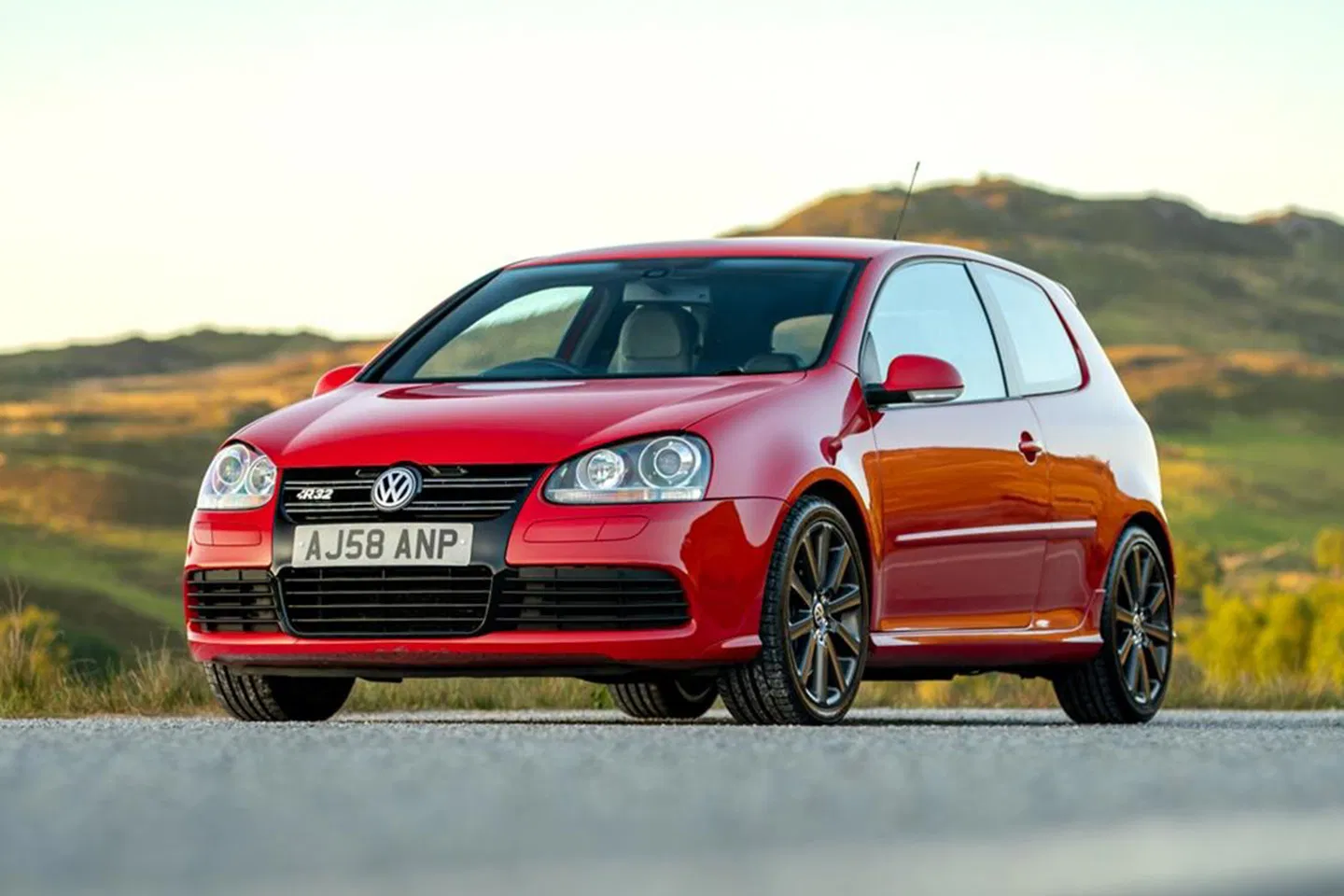
4. Volkswagen 3.2L VR6 (Early Models)
Volkswagen’s 3.2L VR6 engine earned a cult following for its distinctive design and smooth, compact packaging that allowed a six-cylinder engine to fit into tighter engine bays typically reserved for four-cylinder engines.
Despite its initial popularity, early versions of the VR6 encountered durability problems that made them less reliable over the long term, especially when compared to many V8 engines renowned for their ruggedness.
The VR6’s narrow-angle design, while innovative, introduced a series of mechanical complexities and heat management challenges that contributed to premature failures and costly maintenance.
One of the most significant longevity issues with early VR6 engines was related to the timing chain tensioner and guides. Similar to other V6s with timing chains, the VR6 depended on these components to maintain proper valve timing; however, Volkswagen’s original tensioners were prone to wear and failure.
A failing tensioner would lead to timing chain slack, resulting in rattling noises, misfires, and ultimately catastrophic internal damage if the chain skipped or broke. These failures were often exacerbated by inadequate lubrication caused by sludge buildup, a common problem in engines where owners neglected oil changes or used incorrect oil grades.
Unlike many traditional V8s that utilized simpler pushrod designs or timing belts with well-established maintenance intervals, the VR6’s timing chain system demanded more rigorous care, and failures were often sudden and expensive to fix.
Another issue affecting VR6 longevity was the engine’s cooling system. The VR6’s compact, tight packaging resulted in hot spots within the engine bay, placing additional thermal stress on components like the water pump, thermostat, and cooling hoses.
Early models sometimes suffered from coolant leaks due to failing plastic parts, leading to overheating and the associated risks of head gasket failure and warped cylinder heads. These problems were often compounded by Volkswagen’s use of certain plastic components that degraded under repeated heat cycles, reducing the overall durability of the cooling system and, consequently, the engine itself.
The VR6 was also susceptible to carbon buildup on intake valves and issues with ignition coil packs. Carbon buildup affected smooth running and efficiency, especially in engines equipped with direct injection systems or high-performance tuning.
Meanwhile, ignition coil failures were common in early VR6 engines, leading to misfires, rough running, and increased wear on catalytic converters and exhaust components. The intricate balance of components working together in the VR6 made troubleshooting and repairs more challenging and costly compared to simpler V8 designs, further contributing to its reputation for “dying trying.”
In essence, while the Volkswagen 3.2L VR6 offered a unique blend of performance and packaging advantages, its early mechanical and thermal shortcomings often led to premature engine wear and failures. These issues, when compounded over time, positioned the VR6 as a V6 engine that frequently struggled to outlast more traditional and straightforward V8 powerplants.

5. Hyundai 3.3L V6 Lambda (First Generation)
The first-generation Hyundai 3.3L V6 Lambda engine was an ambitious effort by Hyundai to compete with more established V6 engines in the market, powering models like the Sonata and Santa Fe in the early 2000s.
Although the Lambda V6 represented a significant step forward for Hyundai at the time, it was marred by several reliability and longevity issues that caused many owners to face premature engine troubles, repairs, or even early engine replacements.
The engine’s design aimed to deliver a balance of power, efficiency, and smoothness, but a series of mechanical weaknesses and quality control problems ultimately limited its lifespan.
One of the most critical flaws in the first-generation Lambda was related to head gasket durability. Many owners reported head gasket failures after moderate mileage, often between 70,000 and 120,000 miles.
These failures resulted from poor sealing materials and a design that was not robust enough to handle the engine’s thermal cycles, especially in regions with extreme temperatures or under heavy driving conditions.
A failed head gasket typically led to coolant and oil mixing, overheating, and loss of compression, all of which are serious threats to engine health and longevity. Repairing these failures was often costly and, given Hyundai’s earlier reputation, sometimes led to hesitance in repair investments.
Another problematic area was the engine’s timing chain system, which was known to suffer from premature wear of the chain guides and tensioners. Timing chain failures, similar to those seen in other troubled V6 engines, caused significant valve timing issues that could damage pistons and valves if not addressed promptly.
The timing system in the early Lambda engines lacked the robustness found in many competing V6s and V8s, leading to costly repairs or even complete engine replacement in severe cases.
These mechanical shortcomings were compounded by early Lambda engines’ oil consumption problems, where worn piston rings or valve seals led to increased oil usage and the risk of lubrication failure if owners did not maintain proper oil levels.
Furthermore, the first-generation Lambda engine sometimes suffered from overheating issues related to cooling system weaknesses, including faulty thermostats and radiator problems. Overheating accelerated wear on the cylinder heads, valves, and pistons, further diminishing engine lifespan.
This combination of mechanical vulnerabilities, thermal stress, and maintenance sensitivity meant that many early Lambda V6 engines failed to reach the mileage milestones commonly expected from modern V8 engines, which often benefit from more conservative designs and extensive testing.
In summary, while the Hyundai 3.3L Lambda V6 represented an important technological step for the brand, its first generation was plagued with mechanical and thermal issues that significantly compromised its longevity.
This engine serves as a prime example of a V6 that “dies trying” to meet performance and durability standards, often falling short of the durability benchmark set by many well-established V8 engines in the same segment.
Also Read: 5 Cars With Zero Depreciation Over 5 Years and 5 That Drop Instantly
The landscape of automotive engines is as dynamic as the vehicles they power. While V8 engines have long been celebrated for their brute strength and proven durability, the rise of advanced V6 engines has significantly challenged this narrative.
As demonstrated through the contrasting examples explored in this article, the longevity of an engine is not solely dictated by its cylinder count or displacement but hinges profoundly on engineering quality, component design, material selection, and attention to maintenance requirements.
The nuanced reality is that some V6 engines outperform many V8s in terms of durability and lifespan, while others, despite initial promise, struggle to endure the demands of daily driving and higher mileage.
The first group of V6 engines we examined showcases the remarkable progress made in engine technology and design philosophy. Engines like Toyota’s 2GR-FE and Nissan’s VQ35HR epitomize the potential for V6 powerplants to achieve long-lasting reliability without compromising performance.
These engines benefit from decades of iterative engineering improvements, such as durable timing chain systems, effective cooling designs, and combustion technologies that balance efficiency with mechanical sympathy.
Their proven track records of surpassing 200,000 miles with minimal major repairs stand as a testament to what well-executed V6 engineering can achieve. These engines also reflect manufacturers’ ability to learn from past shortcomings, refining components and materials to create powerplants that meet or exceed the longevity expectations traditionally associated with larger V8s.
Conversely, the second group of V6 engines highlights the challenges and risks that can accompany the pursuit of performance and efficiency within tighter packaging and more complex configurations.
Engines like the early Chrysler 3.6L Pentastar and Ford 3.5L EcoBoost illustrate how advanced technologies, while beneficial in theory, can introduce vulnerabilities such as timing chain failures, carbon buildup, and thermal stress issues if not carefully managed.
These early-generation V6s often suffered from teething problems related to material weaknesses, component design flaws, or insufficiently tested manufacturing processes.
Such weaknesses tend to manifest as premature oil consumption, overheating, or critical timing system failures, which drastically reduce engine lifespan and reliability. They serve as cautionary tales, reminding us that the adoption of new technology and engineering concepts must be matched with rigorous testing and quality control to ensure long-term dependability.
This comparative analysis also underscores an important lesson for consumers, manufacturers, and enthusiasts: engine longevity is multifaceted. Regular maintenance, quality of fuel and oil, driving habits, and environmental conditions all play pivotal roles in determining how long an engine will last.
An engine that may have a fragile timing chain system or thermal management issues can sometimes be coaxed into longevity through diligent upkeep, whereas a robust design can still fail prematurely if neglected. Therefore, choosing an engine should involve considering not only the inherent design but also the practical realities of ownership.
Looking forward, the future of internal combustion engines continues to evolve rapidly with hybridization, electrification, and stricter emissions standards reshaping automotive powertrains.
Nonetheless, V6 engines remain relevant, especially as manufacturers continue to optimize them for a balance of power, efficiency, and emissions compliance. The engines that succeed in this environment will likely be those that combine innovative technology with proven durability, learning from both the successes and failures of past designs.
In conclusion, while V8 engines maintain their place in automotive history as stalwarts of power and reliability, many modern V6 engines have demonstrated they can match or even surpass V8s in longevity when engineered with care and foresight.
At the same time, some V6s, burdened by design flaws or rushed development, fail to achieve their potential, illustrating the delicate balance manufacturers must strike between innovation and durability.
For buyers and enthusiasts, understanding this spectrum of performance and reliability can lead to more informed decisions and a greater appreciation of the intricate engineering that powers the vehicles we rely on every day.

